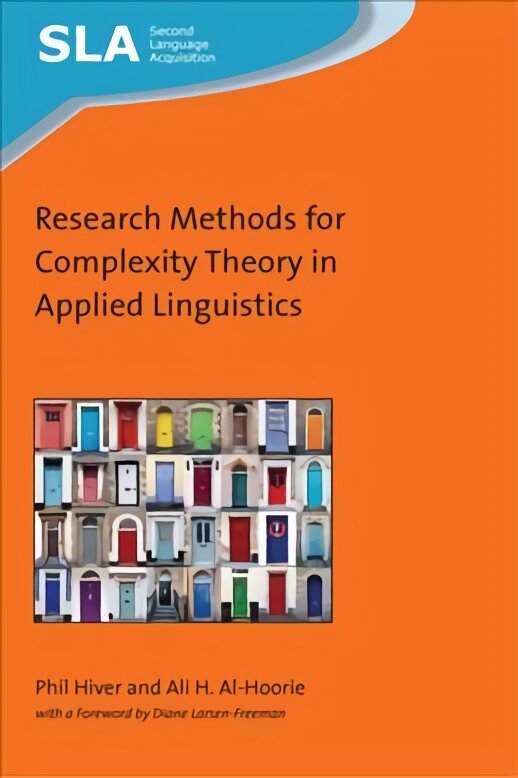This book describes conducting complexity and dynamic systems theory research in applied linguistics. It introduces the conceptual framework and terminology of complexity theory; the philosophical and methodological issues that arise when researching the complex and dynamic social world; and qualitative and quantitative methods for complexity and dynamic systems theory research, with a conceptual introduction and an overview of the available tools to use in applied linguistics, namely qualitative comparative analysis, process tracing, concept mapping, agent-based modeling, retrodictive qualitative modeling, social network analysis, design-based methods, panel designs, latent growth curve modeling, multilevel modeling, time series analysis, experience sampling, single-case designs, and the idiodynamic method, with discussion of the research questions they can address and their technical features, along with example studies. The book ends with discussion of the future of this research when expanded to incorporate mixed and multi-method research designs. Distributed in the US by National Book Network. Annotation ©2020 Ringgold, Inc., Portland, OR (protoview.com)
This accessible guide to Complex Dynamic Systems Theory (CDST) research presents practical methods and templates for how applied linguistics researchers can design and conduct research using the CDST framework and equips readers with the knowledge to ensure compatibility between empirical research designs and the theoretical tenets of complexity.
This accessible guide to Complex Dynamic Systems Theory (CDST) research presents practical methods and templates for how applied linguistics researchers can design and conduct research using the CDST framework and equips readers with the knowledge to ensure compatibility between empirical research designs and the theoretical tenets of complexity.
This book provides practical guidance on research methods and designs that can be applied to Complex Dynamic Systems Theory (CDST) research. It discusses the contribution of CDST to the field of applied linguistics, examines what this perspective entails for research and introduces practical methods and templates, both qualitative and quantitative, for how applied linguistics researchers can design and conduct research using the CDST framework. Introduced in the book are methods ranging from those in widespread use in social complexity, to more familiar methods in use throughout applied linguistics. All are inherently suited to studying both dynamic change in context and interconnectedness. This accessible introduction to CDST research will equip readers with the knowledge to ensure compatibility between empirical research designs and the theoretical tenets of complexity. It will be of value to researchers working in the areas of applied linguistics, language pedagogy and educational linguistics and to scholars and professionals with an interest in second/foreign language acquisition and complexity theory.
